Discover Barcelona's historic hill through curated cultural experiences. Explore scenic cable car rides, medieval castle fortress, Olympic venues, world-class museums, and panoramic Mediterranean views from Catalonia's most significant landmark.
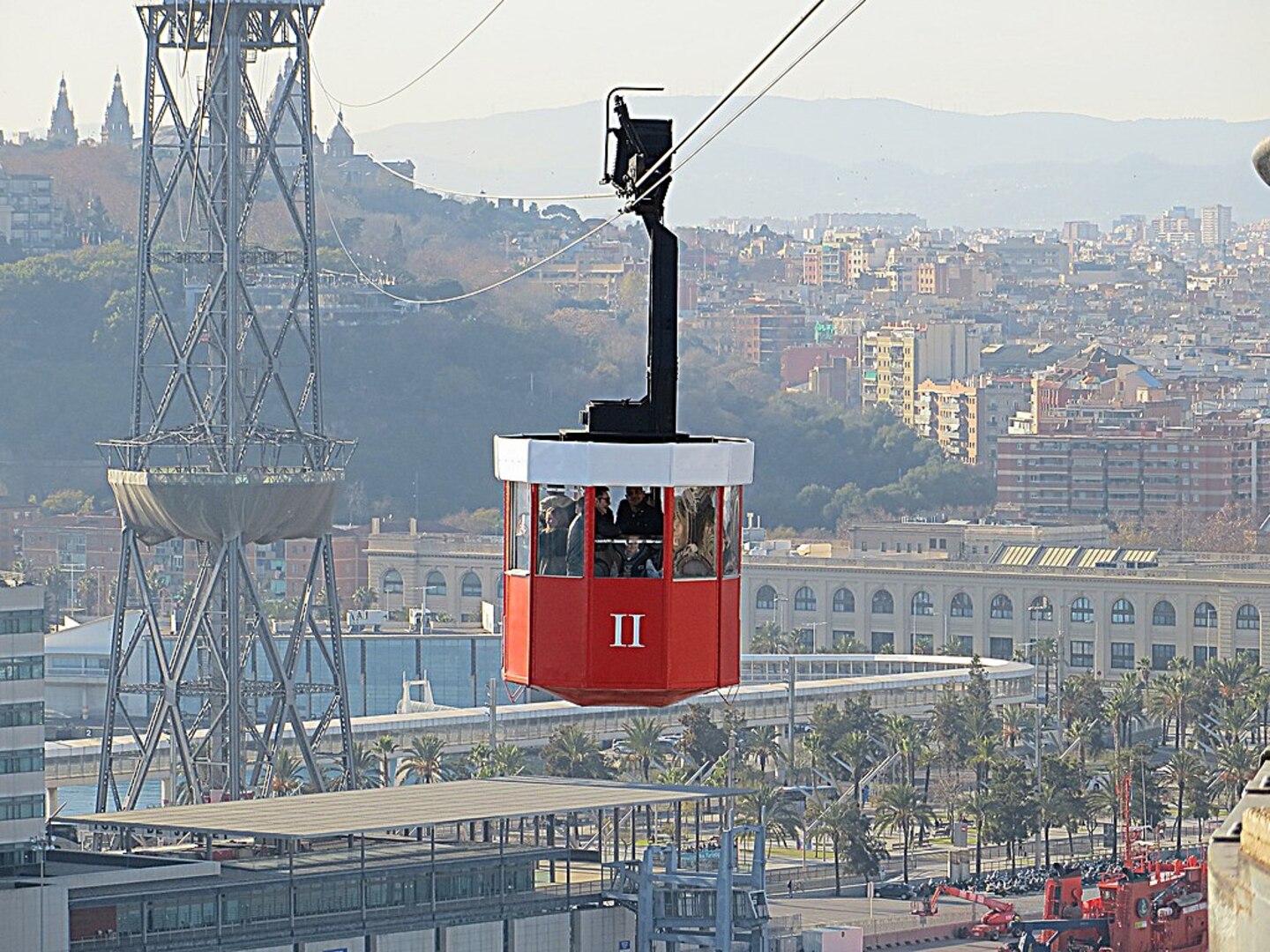
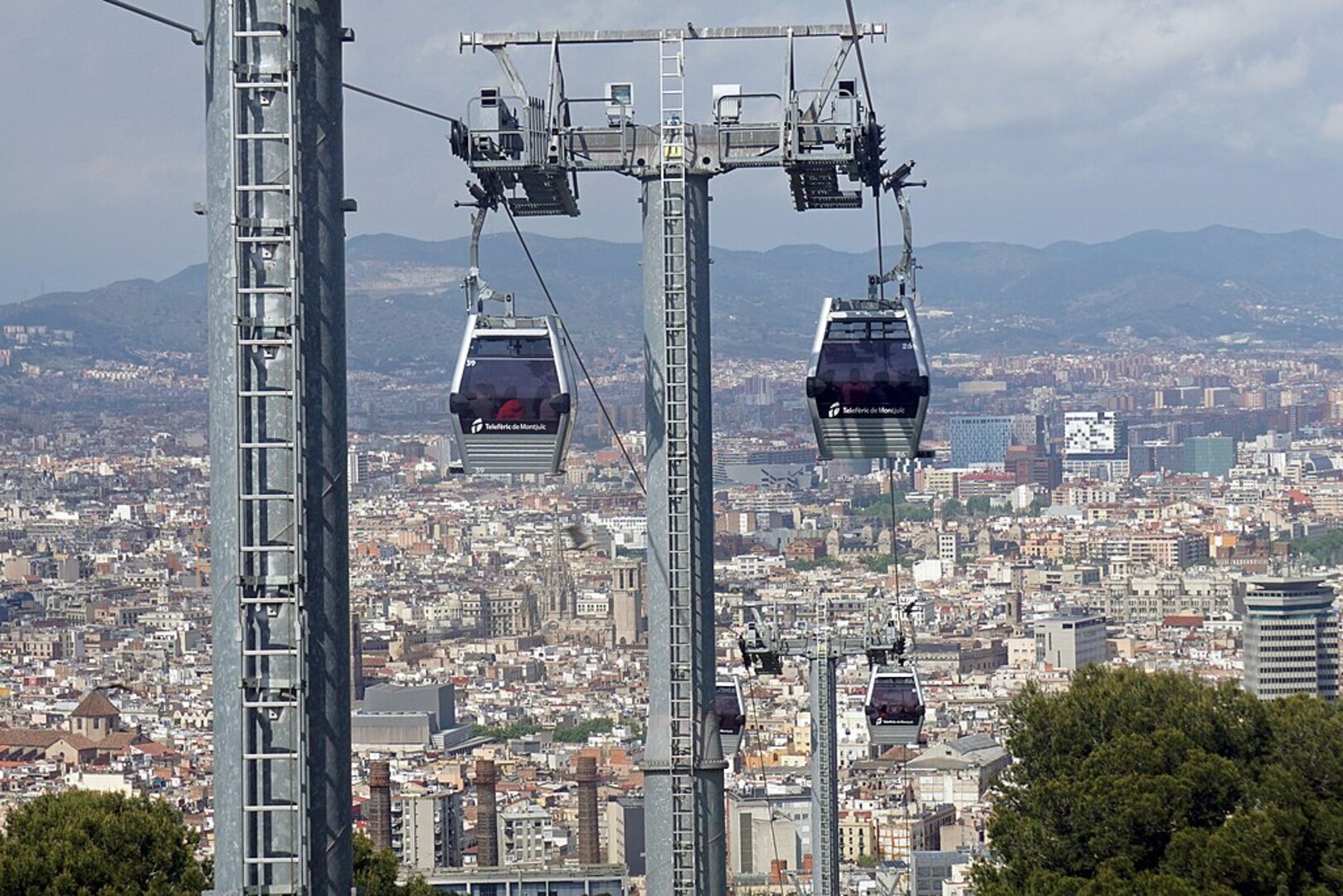
Scenic aerial journeys offering breathtaking panoramic views of Barcelona, the Mediterranean Sea, and Catalonia's coastline. Experience Montjuïc from above with comfortable cable car rides connecting the hill's major attractions and viewpoints.
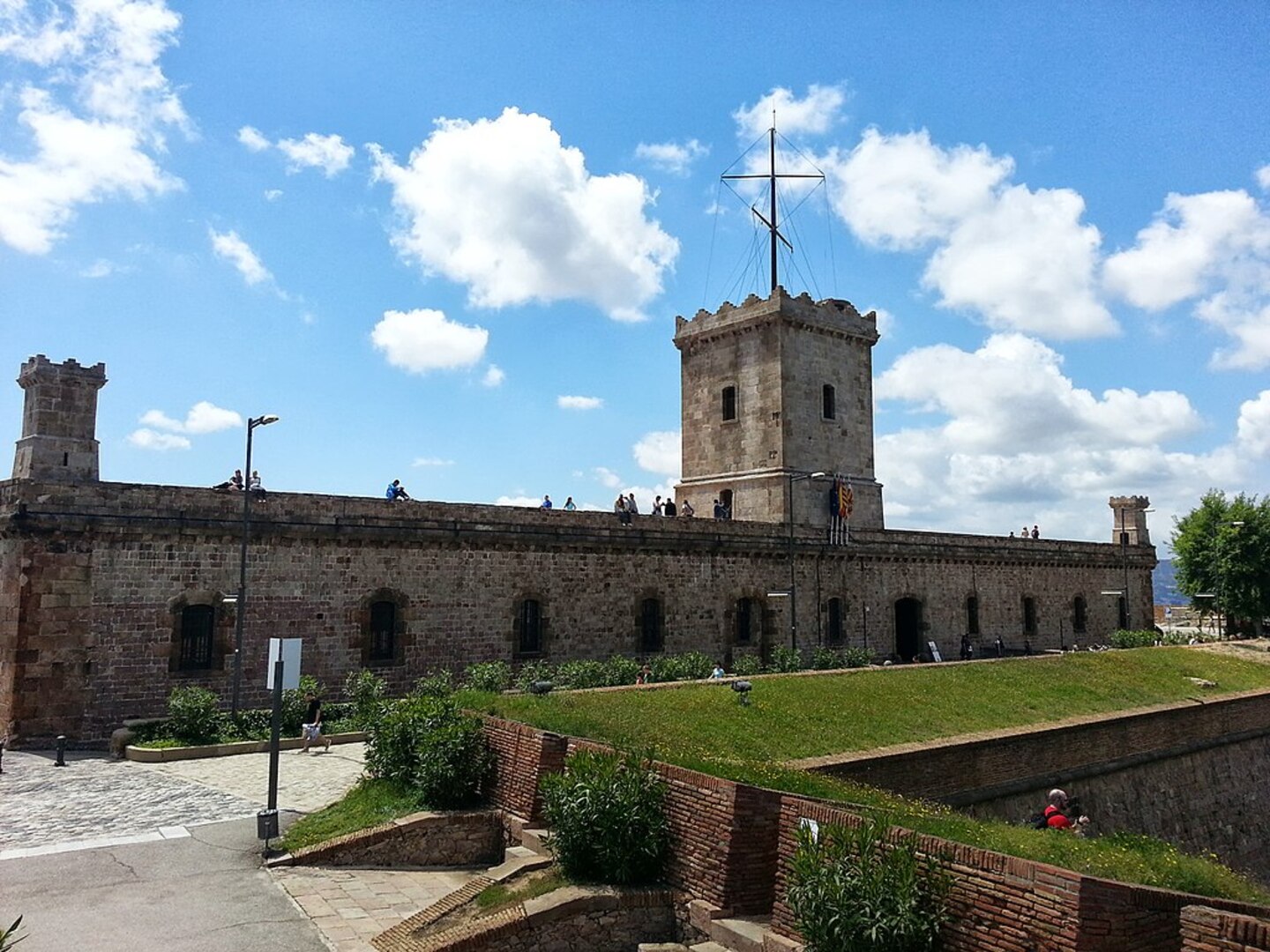
Explore centuries of Catalan history through guided tours of Montjuïc Castle fortress and Palau Nacional. Discover military heritage, architectural splendor, and strategic significance while enjoying commanding views over Barcelona and the Mediterranean.
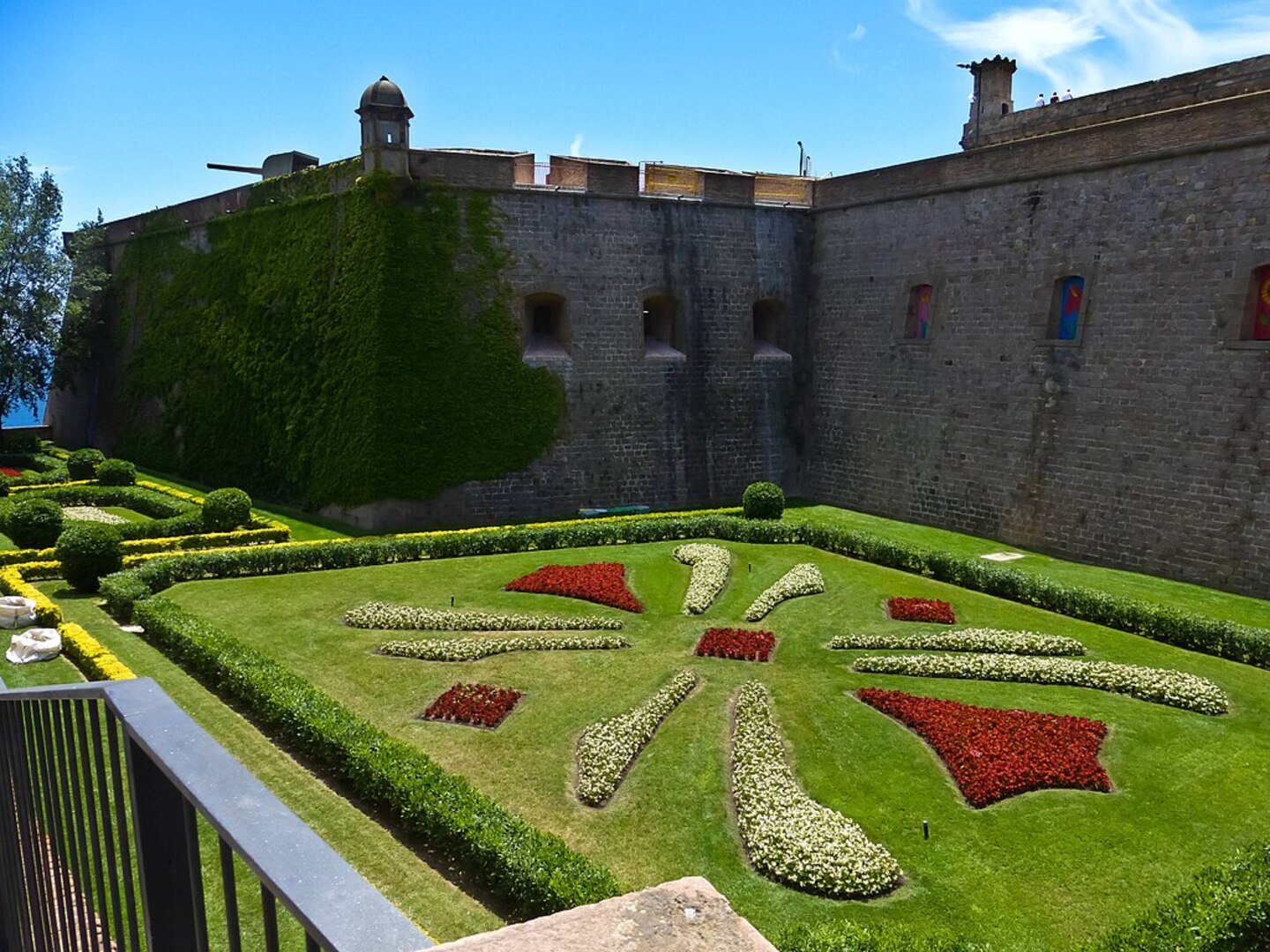
Comprehensive walking adventures through Olympic venues, world-class museums, botanical gardens, and cultural landmarks. Discover the diverse attractions and rich history of Barcelona's most significant hill on foot with expert guides.
Montjuïc stands as Barcelona's most significant cultural landmark, a historic hill that embodies Catalonia's rich heritage and Mediterranean spirit. Home to medieval fortifications, Olympic venues, and world-renowned museums, this elevated sanctuary showcases the perfect harmony between ancient history and modern cultural innovation.
More than just a scenic viewpoint, Montjuïc represents the soul of Barcelona. From the commanding Castle fortress overlooking the Mediterranean to the elegant gardens hosting international exhibitions, every path reveals layers of Catalan history that make this hill a cornerstone of European cultural heritage.
Discover Montjuïc Heritage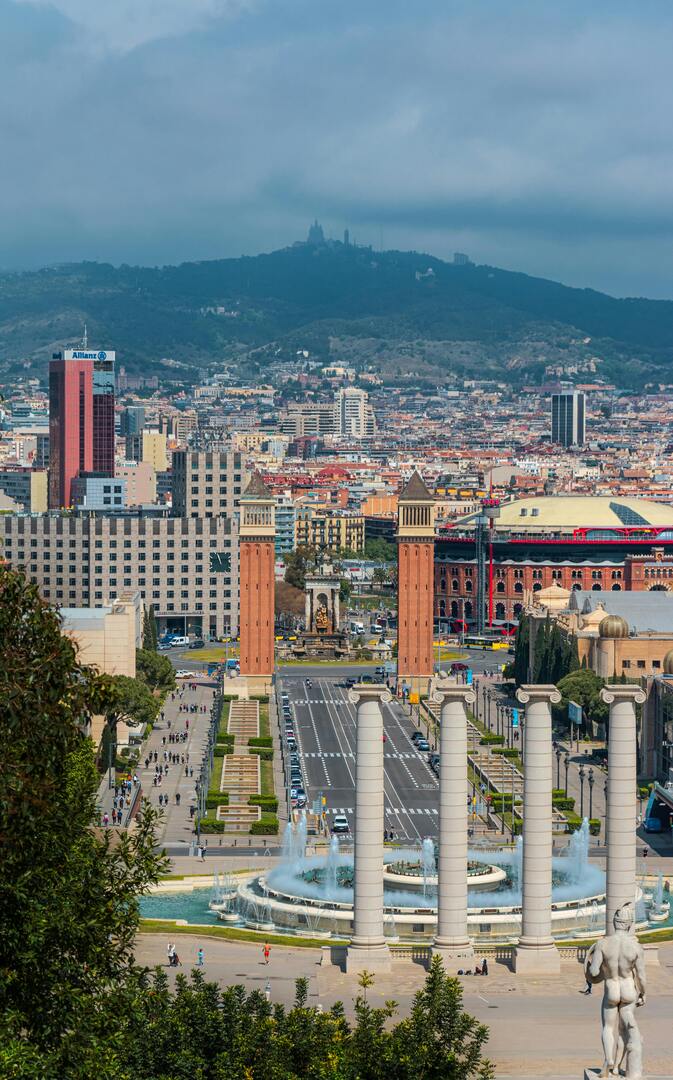
Explore Montjuïc Castle, a 17th-century fortress offering commanding views over Barcelona and the Mediterranean. This strategic stronghold reveals centuries of Catalan military history and provides an authentic glimpse into medieval fortification architecture.
Discover the venues that hosted the 1992 Summer Olympics, including the iconic Olympic Stadium and Palau de la Música Catalana. Experience where athletic history was made and witness the architectural legacy of one of the most successful Olympic Games.
Soar above Barcelona on the Montjuïc Cable Car system, offering unparalleled panoramic views of the city, coastline, and Pyrenees mountains. These aerial routes provide breathtaking perspectives and convenient access to the hill's major attractions.
Immerse yourself in Barcelona's artistic heritage at the Museu Nacional d'Art de Catalunya and Joan Miró Foundation. Experience exceptional collections spanning medieval to contemporary art, housed in architectural masterpieces within stunning Mediterranean gardens.
Medieval Era – Jewish Mountain Origins: Named "Montjuïc" meaning "Jewish Mountain," the hill served as home to Barcelona's medieval Jewish community with an important cemetery. Archaeological remains reveal centuries of multicultural heritage and the strategic importance of this elevated position overlooking the Mediterranean.
17th Century – Fortress Construction: The Castle of Montjuïc was built as a military fortress to defend Barcelona from sea-based attacks. This strategic stronghold played crucial roles in various conflicts, including the War of Spanish Succession and later served as a political prison during periods of political upheaval.
1929 – International Exposition: Montjuïc was transformed for the International Exhibition with the construction of the Palau Nacional, now housing the National Art Museum of Catalonia. This event established the hill as a cultural center with gardens, pavilions, and infrastructure that continues to define its character today.
1992 – Olympic Glory: The Barcelona Olympics brought international recognition as Montjuïc hosted the main Olympic Stadium, diving and swimming venues. This global event showcased Catalonia's culture to the world while creating lasting architectural and cultural legacies that continue to attract millions of visitors.
Present Day – Cultural Heritage: Today Montjuïc stands as Barcelona's premier cultural destination, home to world-class museums, the Joan Miró Foundation, and botanical gardens. The hill seamlessly blends historical preservation with modern cultural programming, making it an essential part of any Barcelona experience.
Explore cultural landmarks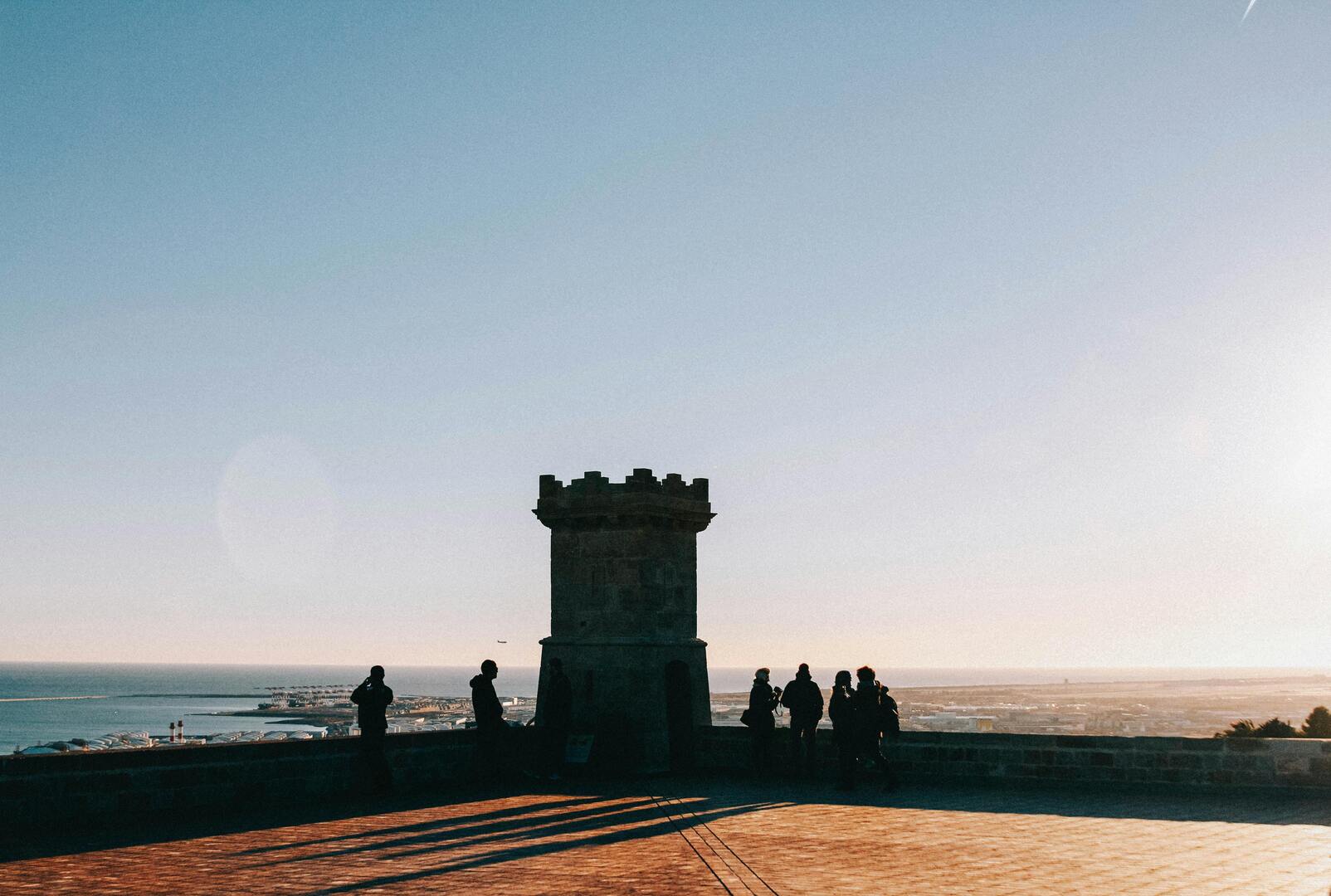
Explore the commanding 17th-century fortress perched atop Montjuïc, offering unparalleled panoramic views of Barcelona and the Mediterranean Sea. This strategic stronghold houses centuries of Catalan military history while serving as one of the city's most photogenic landmarks and cultural heritage sites.
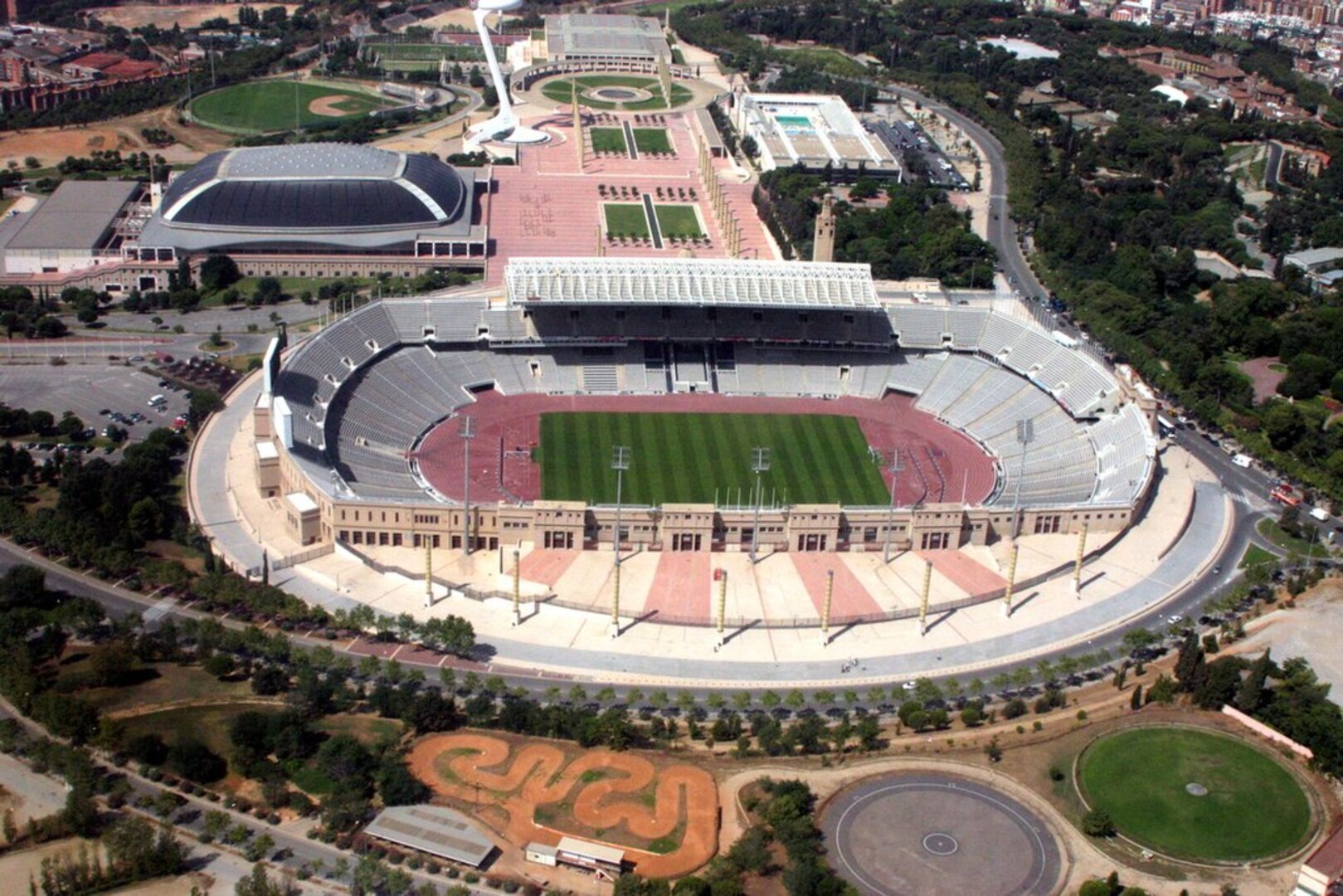
Discover the iconic venue of the 1992 Barcelona Olympics, where athletic history was made and Catalonia was showcased to the world. This architectural masterpiece continues to host major sporting events while offering visitors a chance to experience the legacy of one of the most celebrated Olympic Games in history.
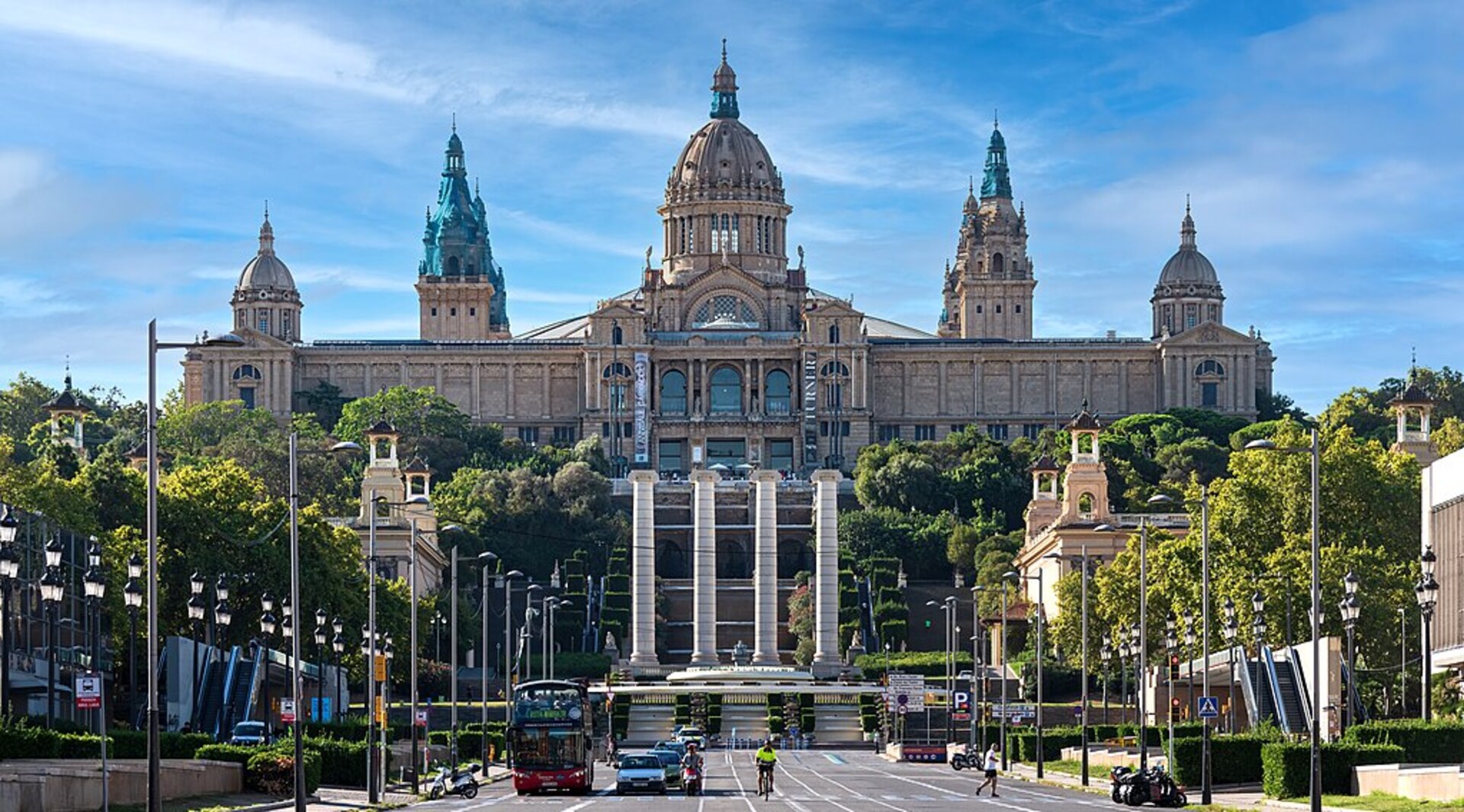
Experience Catalonia's premier art collection housed in the magnificent Palau Nacional, originally built for the 1929 International Exhibition. This cultural treasure showcases exceptional medieval, Renaissance, and modern art collections while offering spectacular views over Barcelona from its majestic hillside location.
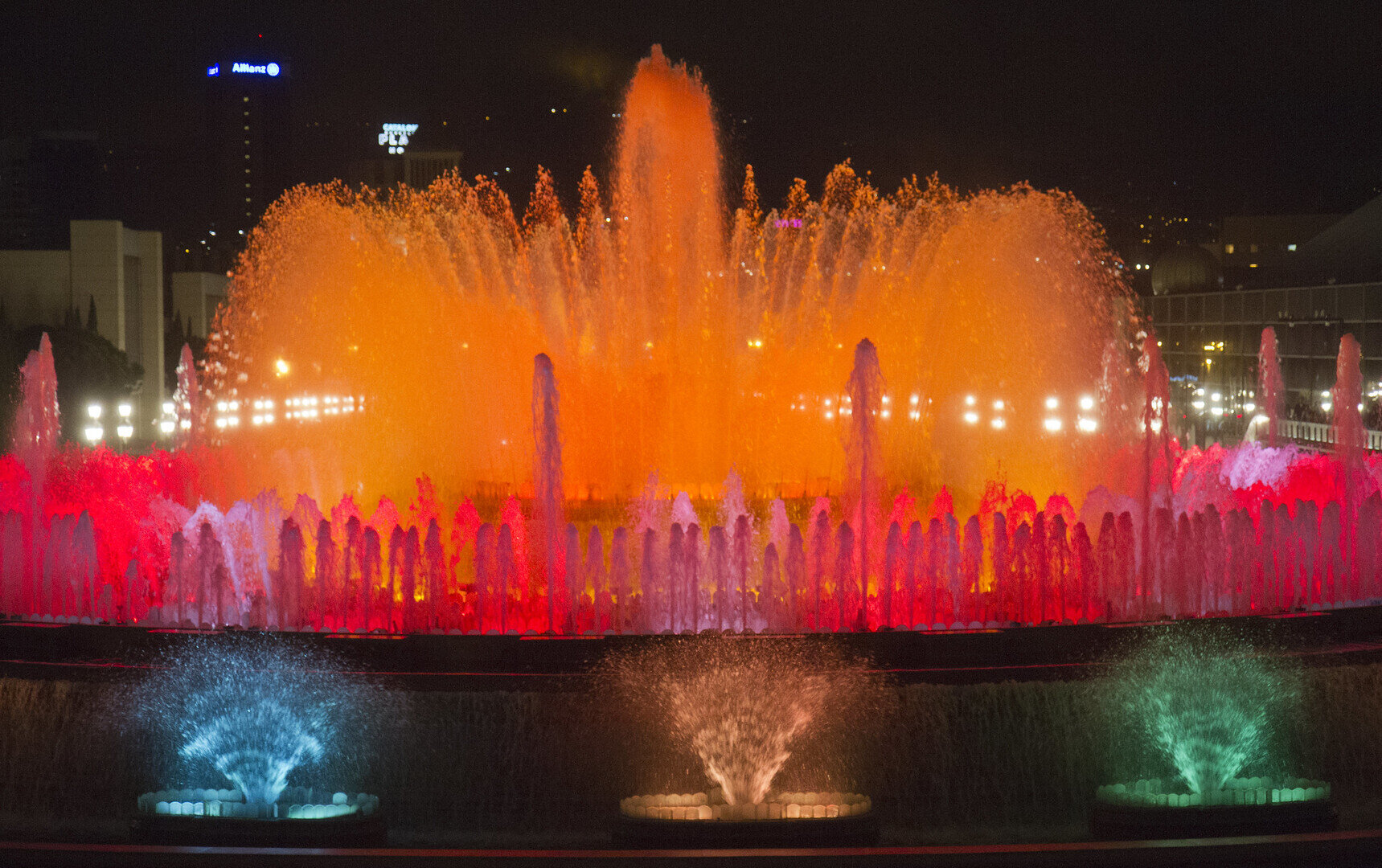
Witness the enchanting Magic Fountain of Montjuïc, where water, light, and music combine in spectacular evening performances. This iconic fountain, built for the 1929 Exhibition, continues to captivate visitors with its choreographed displays against the backdrop of the illuminated Palau Nacional.
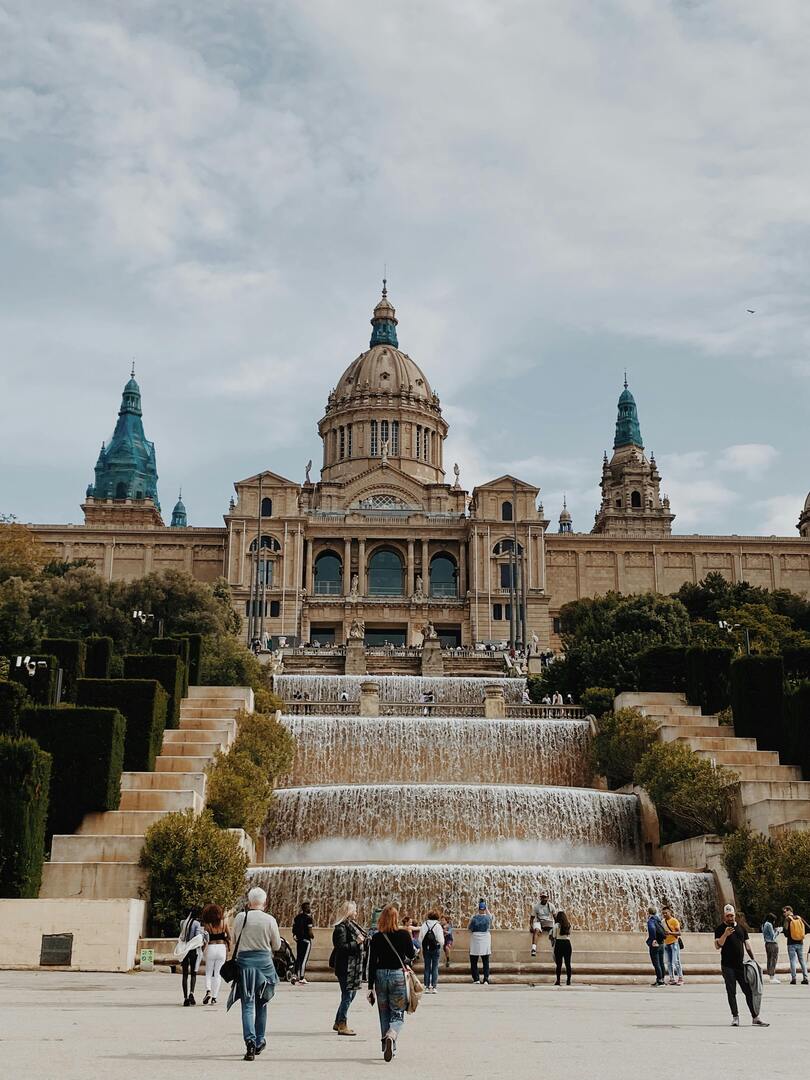
Make the most of your Montjuïc experience with these essential planning tips:
Location: Montjuïc, Barcelona, Spain - Southwest Barcelona
Nearest Airport: Barcelona-El Prat Airport (BCN) - 20 minutes | Girona Airport (GRO) - 90 minutes
Coordinates: 41°21′51″N, 2°09′39″E | Elevation: 177 meters (583 feet)
Montjuïc rises majestically above Barcelona's harbor, serving as the city's cultural crown overlooking the Mediterranean Sea. This historic hill is easily accessible via metro, funicular, cable car, and bus routes, with excellent connections to Barcelona's city center, beaches, and major tourist destinations throughout Catalonia.
Plan a full day to experience Montjuïc's major attractions including the castle, museums, and Olympic sites. Allow 3-4 hours for comprehensive cultural tours, plus time for gardens, cable car rides, and panoramic viewpoints. Multi-day visits let you fully appreciate the diverse collections and seasonal events.
Early morning offers serene exploration before crowds arrive, while late afternoon provides perfect lighting for photography. Spring and autumn feature ideal weather for outdoor activities. Evening visits are magical during Magic Fountain shows, especially on weekends.
Absolutely! Montjuïc offers family-friendly attractions including cable car rides, expansive gardens, interactive museums, and Olympic venues. The Magic Fountain shows captivate children of all ages. Consider the hillside terrain when planning with young children or strollers.
Yes, advance booking is recommended, especially for castle tours and cable car rides during peak summer months and holidays. Museum combination tickets offer better value and skip-the-line access. Magic Fountain shows are free but require evening timing coordination.
Essential experiences include Montjuïc Castle, Olympic Stadium, National Art Museum, and the Magic Fountain. Don't miss the cable car rides, Joan Miró Foundation, and the panoramic Mediterranean views that define Barcelona's cultural crown.
Montjuïc is accessible via Metro (L2/L3 to Paral·lel), historic Funicular railway, scenic cable car from Barceloneta, or bus routes. Multiple entry points accommodate different itineraries. The hill is walkable but consider transportation for steep sections.
Bring comfortable walking shoes for hillside terrain, sun protection for Mediterranean climate, and a camera for panoramic views. Water bottle for outdoor exploration and light jacket for evening shows. Consider museum passes for cultural venues.